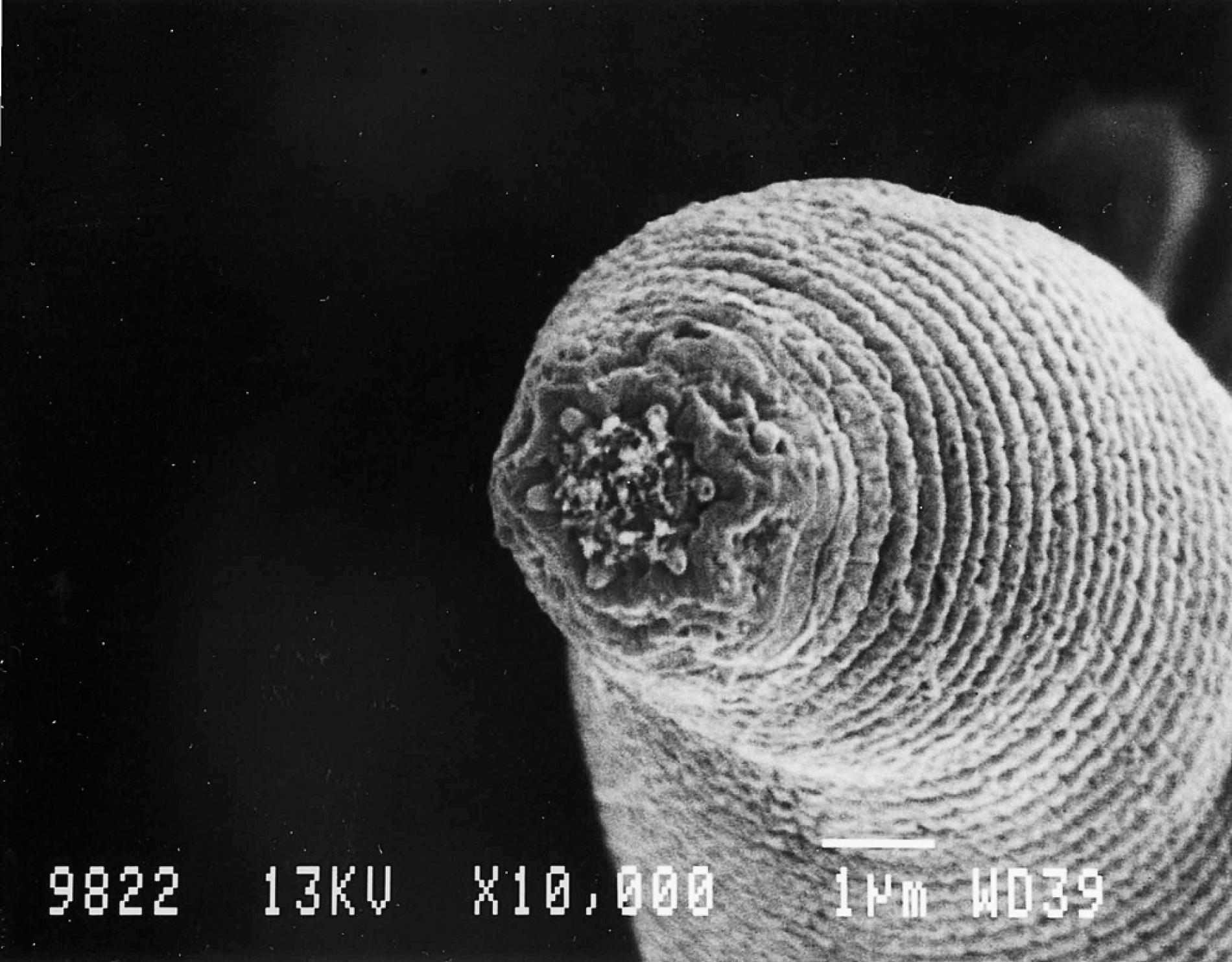When it comes to creatures that have been sharing this planet with us for millennia, this tiny worm is probably the devil you don’t know. In 2008, researchers from the universities of Ghent (Belgium) and Princeton (England) were investigating the presence of bacterial communities in the South African gold mines when they discovered something completely unexpected.

A kilometer and a half deep, where the survival of single-celled organisms was only believed possible, complex creatures appeared that they rightly called the “devil worm” (scientists dubbed it “Halicephalobus Mephisto”, in honour of Mephistopheles, an underground demon from the medieval German legend Faust). The scientists were stunned. This tiny half-millimeter-long nematode withstood temperatures above 40ºC, the near absence of oxygen and high amounts of methane. Indeed, it lives in hell and does not seem to care.
That was a decade ago. Now, American University researchers have sequenced the genome of this unique worm. The results, published in the journal “Nature Communications”, have provided clues about how your body adapts to these deadly environmental conditions. In addition, according to the authors, this knowledge could help humans adapt to a warmer climate in the future.

The devil worm is the deepest living animal ever found and the first underground to have the genome sequenced. This “barcode” revealed how the animal encodes an unusually large number of heat shock proteins known as Hsp70, which is remarkable because many nematode species whose genomes are sequenced do not reveal such a large number. Hsp70 is a well-studied gene that exists in all forms of life and restores cellular health due to heat damage.
Gene copies
Many of the Hsp70 genes in the devil worm genome were copies of themselves. The genome also has additional copies of the AIG1 genes, known cell survival genes in plants and animals. More research will be needed, but John Bracht, an assistant professor of biology at the American University who led the genome sequencing project, believes that the presence of copies of the gene signifies the evolutionary adaptation of the worm.
“The Devil Worm can’t run away; it’s underground,” Bracht explains in a press release. “It has no choice but to adapt or die. We propose that when an animal cannot escape intense heat, it starts making additional copies of these two genes to survive.”
By scanning other genomes, Bracht identified other cases in which the same two gene families, Hsp70 and AIG1, are expanded. The animals he identified are bivalves, a group of molluscs that include clams, oysters, and mussels. They are adapted to heat like the devil’s worm. This suggests that the pattern identified in the South African creature may extend further to other organisms that cannot escape environmental heat.
Extraterrestrial connection
Almost a decade ago, the devil worm was unknown. It is now a subject of study in science labs, including Bracht’s. When Bracht took him to college, he remembers telling his students that aliens had landed. The metaphor is not an exaggeration. NASA supports worm research so it can teach scientists about the search for life beyond Earth.
“Part of this work involves the search for ‘biosignatures’: stable chemical tracks left by living things. We focus on a ubiquitous biosignature of organic life, genomic DNA, obtained from an animal that has once adapted to an environment deemed uninhabitable for complex life: deep underground,” says Bracht. “It is work that could prompt us to extend the search for extraterrestrial life to the deep underground regions of ‘uninhabitable’ exoplanets,” he adds.



